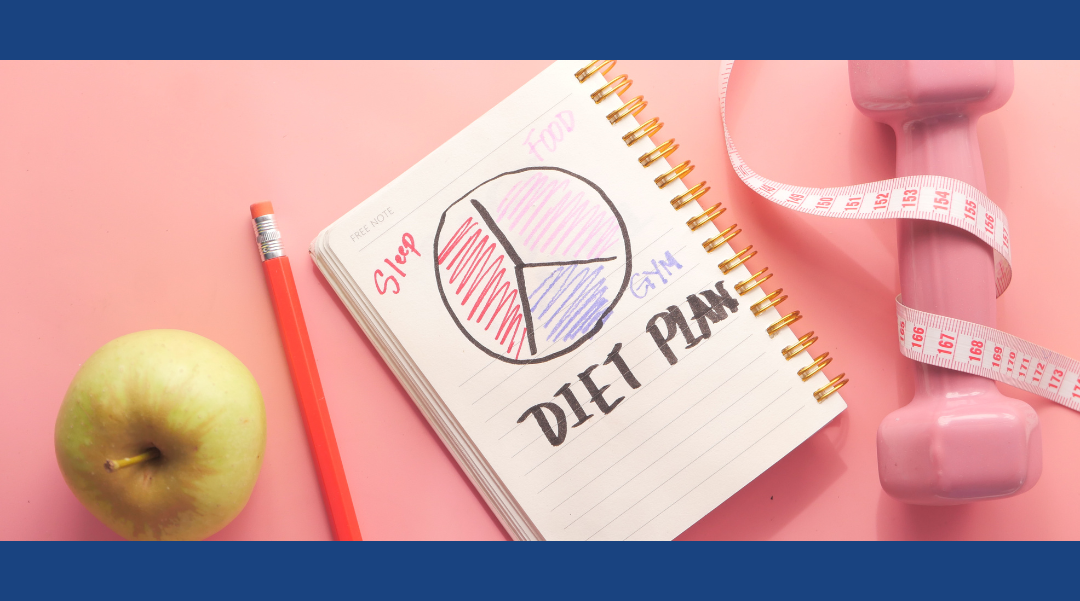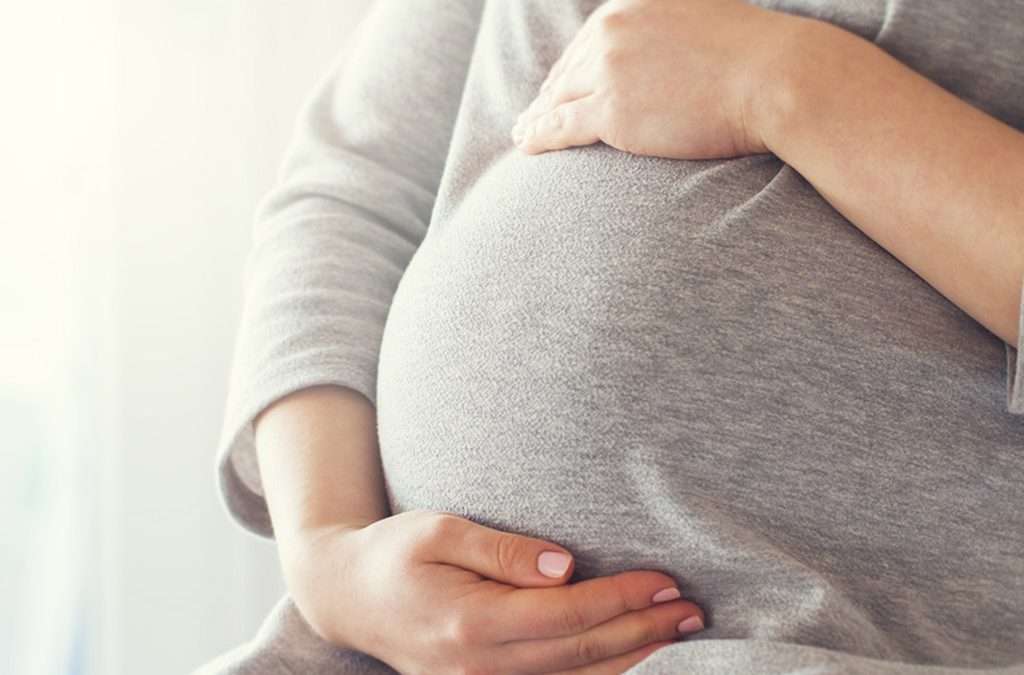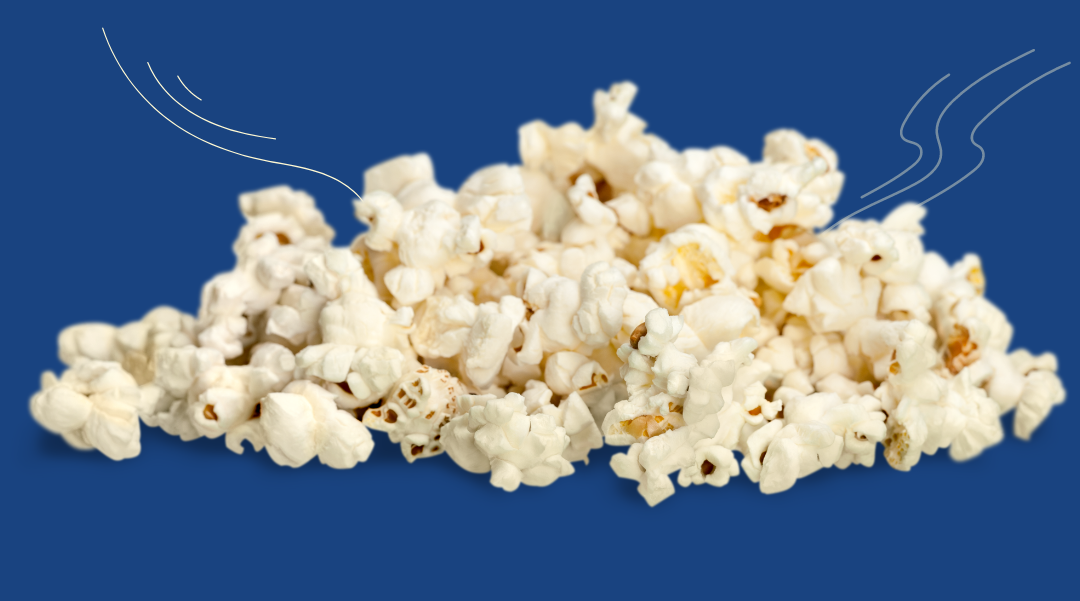- PERTH SURGICAL & BARIATRICS
-
08 65581901
One of the leading predisposing factors for many chronic diseases across the world is Obesity. Having morbid obesity can lead to the development of chronic metabolic diseases, including hypertension, hypercholesterolemia, osteoarthritis, type-2 diabetes mellitus, and asthma. In recent years, vertical sleeve gastrectomy has become one of the popular treatment methodologies to ensure weight loss. There are, however, a number of questions pertaining to gastric sleeve surgery and usage of bougie that patients are curious about. In this blog post we have taken up four such questions and answered them. Take a look.
Traditionally, the bougie (pronounced Boo-gee) is a measuring device developed in France that is in the form of a long, flexible tube and used in gastric sleeve surgery to guide surgeons when dividing the stomach. The tube is inserted into the patient’s mouth and then guided through the food pipe and the stomach to the pylorus. The bougie helps surgeons create a bulge, which is then used to guide the stapler and create a stomach sleeve. The tube comes in various sizes, and is measured in units known as a French (1 French or F=0.333 mm).
The maximum tolerated volume or gastric volume is a measure of the size of the bougie used during surgery and the time that has lapsed since surgery. The bougie optimal size for a stand alone procedure, ranges between 32F to 50F, depending upon the patient’s profile. A normal stomach can hold up to 48 ounces or 3 lbs. of food, and can also stretch to accommodate more. Post gastric sleeve surgery, the stomach is modified to hold between 10 to 15 ounces of food. In addition, it also loses its previous distensibility and flexibility.
There is no particular bougie size that can be deemed as ideal. Several variables help determine the bougie size such as patient’s height, and weight. Theoretically, smaller the bougie size, smaller is the size of the stomach. Now, surgeons cannot use too small a bougie, because it may increase the complications such as leakages and instances of stricture. On the other hand, too large a bougie, and the chances will be that you will lose weight at a lesser pace than expected.
Depending upon the bougie size, the sleeve formed will be 60 to 80 percent smaller than the original stomach, and can hold up to one and a half cups of food.
It is not necessary that the bougie size be the same size as the stapled stomach sleeve, nor does it determine the success or failure of the surgery. Although the same bougie can be used to operate on different patients, it is not necessary for all of them to have the same stomach sleeve size. The size of gastric sleeve is determined by the proximity achieved by the stapler from the guide, and the line of stapling determined by the surgeon, which varies from case to case.
In addition, there is no one-size-fits-all bougie that can help patients achieve ideal levels of safety and weight loss. Using too small a bougie, can help design a smaller gastric sleeve, but this will abnormally restrict the stomach and result in post surgery complications, such as leakages and rupturing of the staple lining. On the contrary, creating too large a sleeve via a large bougie produces less post surgery complications, but may not help achieve the desired weight loss.
Vertical sleeve gastrectomy or gastric sleeve surgery, is an effective surgical option to treat medically-complicated obesity. The surgery was initially introduced as a modified alternative surgical procedure for biliopancreatic diversion. To learn more about vertical sleeve gastrectomy and other bariatric weight loss procedures , schedule a consultation with our expert surgeons at Perth Surgicals and Bariatrics. Simply fill out our contact form and we will take it from there. You can also give us a call at 0865581901,

April 14 , 2024 | 5 Minutes to Read
Post Gastric Bypass Surgery Diet - FAQs Gastric bypass surgery is currently the “gold standard” among all bariatric procedures. Many people who undergo gastric bypass record significant improvements in their…

April 13 , 2024 | 4 Minutes to Read
Obesity is a growing concern across the world, but the situation is more acute in Australia, with a staggering 62.8% in 2011–12 to 65.8% in 2022 of adults being either overweight…

April 12 , 2024 | 3 Minutes to Read
Healthy Foods that are not Healthy After Bariatric Surgery Whether you have undergone SIPS surgery, gastric bypass, or any other weight loss surgery, your post operative diet largely determines how…